

The White House is the official residence of the president of the United States and has been so ever since John Adams’ presidency in 1800. It is located at 1600 Pennsylvania Avenue NW in Washington D.C. Designed by the architect James Hoban, the White House serves as an iconic emblem of American patriotism and ingenuity with 132 rooms, 35 bathrooms and 6 levels in the building. This includes 412 doors, 147 windows, 28 fireplaces, 8 staircases and 3 elevators.
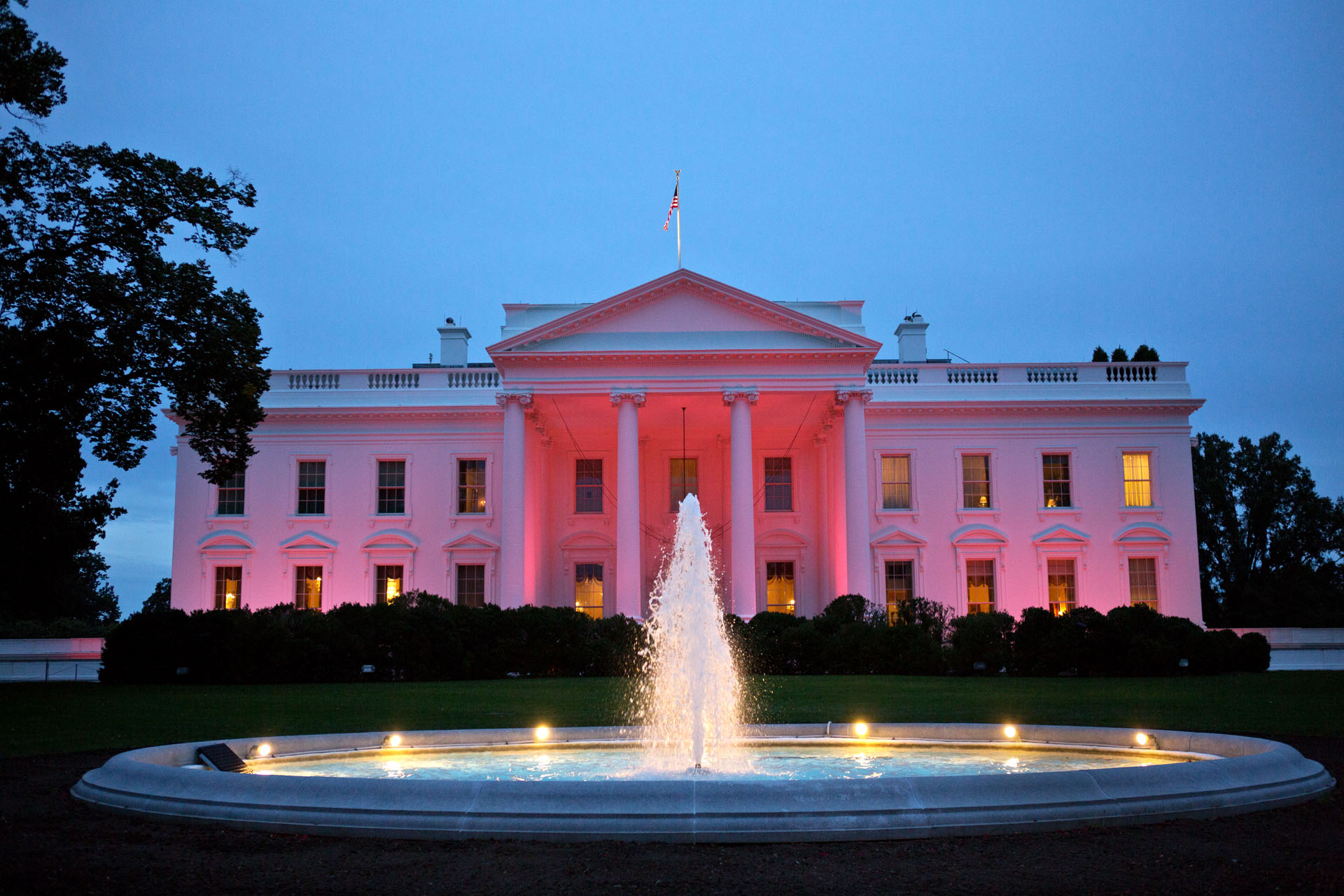
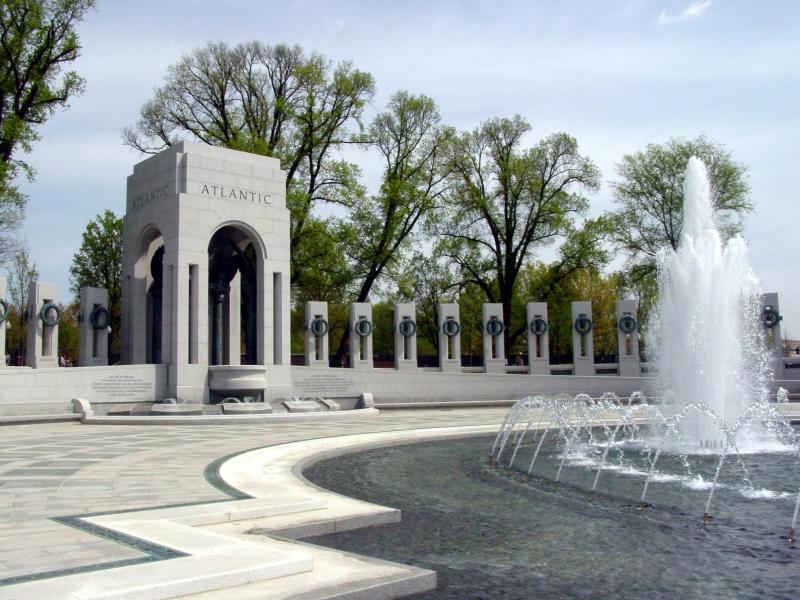
The World War II Memorial honors the sixteen million who served in the American armed forces, the more than 400,000 who died, and all who took part in the war on the home front. Symbolic of the defining event of the 20th Century, the memorial is a monument to the spirit, sacrifice, and determination of the United States at it’s people. The monument itself consists of fifty-six pillars and two triumphant arches that surround the central fountain. It was dedicated on the twenty-ninth of May, 2004 by president George W. Bush.
The Martin Luther King Jr. Memorial can be found in the Western Potomac Park adjacent to the National Mall in Washington D.C. It covers four acres of land and includes the Stone of Hope, a granite statue of the Civil Rights leader Martin Luther King Jr. carved by Lei Yixin.


This five-hundred and fifty-five foot tall marble obelisk was built in 1848 to honor America’s first president George Washington. This monument is situated nearly due East of the reflecting pool and at the near center of the National Mall.
Art Museum of the Americas, located in Washington, D.C., is the first art museum in the United States primarily devoted to exhibiting works of modern and contemporary art from Latin America and the Caribbean. The museum was formally established in 1976 by the Organization of American States.
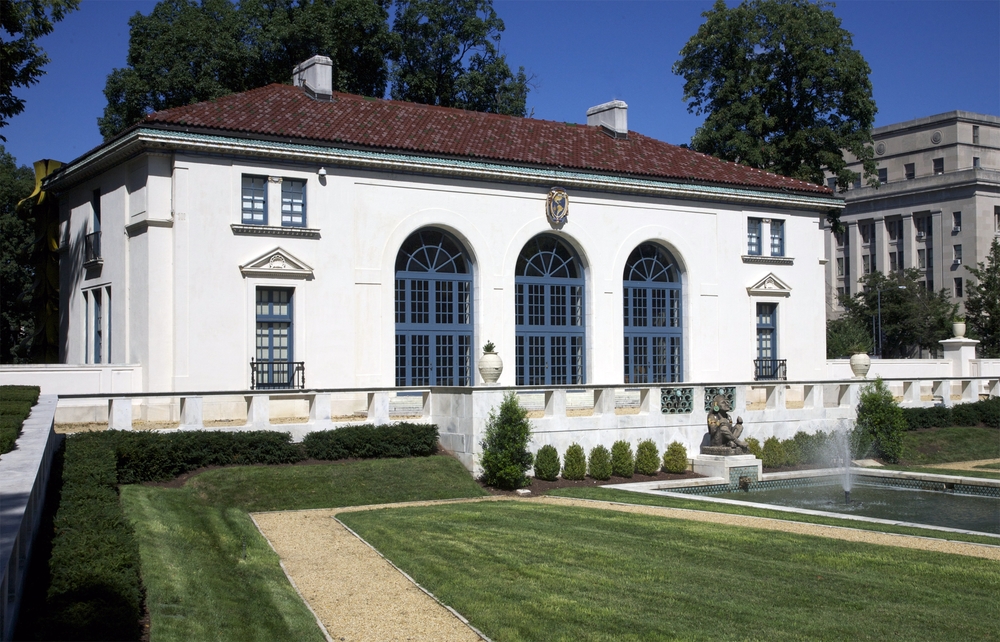
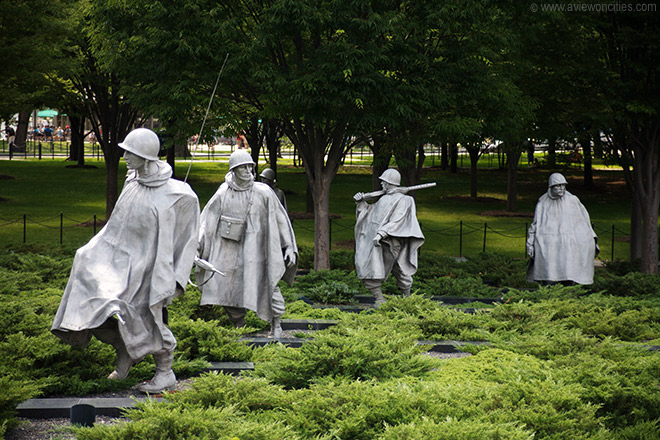
The Korean War Veterans Memorial is located in Washington, D.C.'s West Potomac Park, southeast of the Lincoln Memorial and just south of the Reflecting Pool on the National Mall. It memorializes those who served in the Korean War.
The National Postal Museum, located opposite Union Station in Washington, D.C., United States, was established through joint agreement between the United States Postal Service and the Smithsonian Institution and opened in 1993.
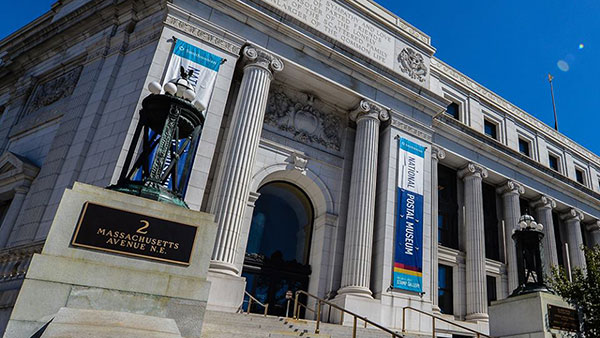
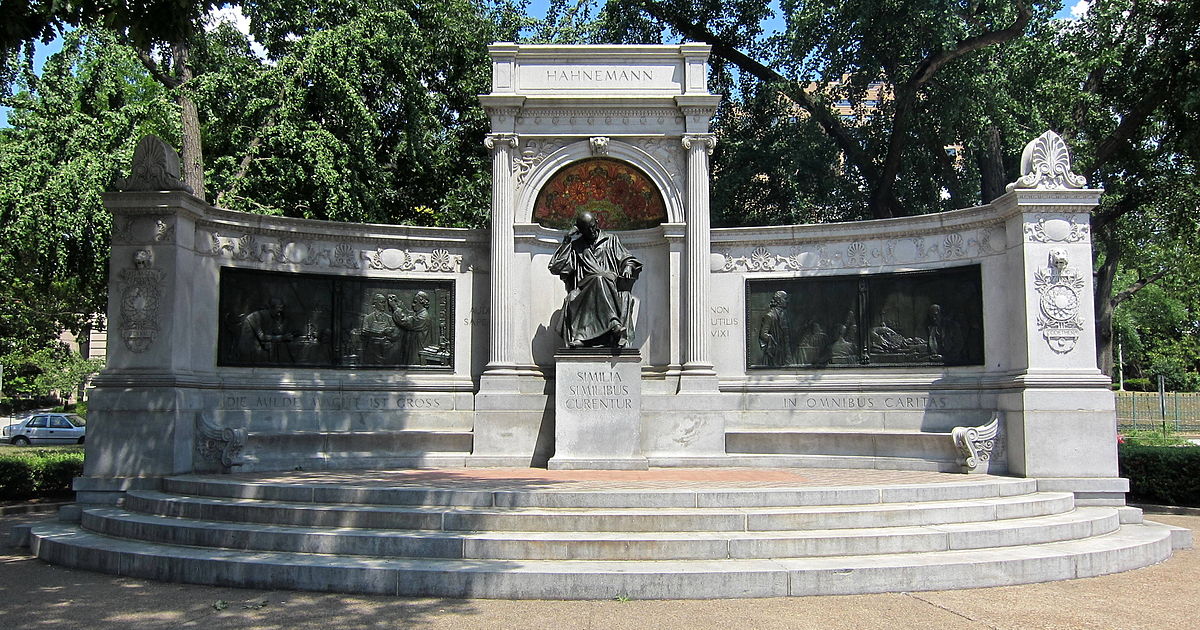
The Samuel Hahnemann Monument, also known as Dr. Samuel Hahnemann, is a public artwork dedicated to Samuel Hahnemann, the founder of homeopathy. It is located on the east side of Scott Circle, a traffic circle in the northwest quadrant of Washington, D.C.
Washington, DC, the U.S. capital, is a compact city on the Potomac River, bordering the states of Maryland and Virginia. It’s defined by imposing neoclassical monuments and buildings – including the iconic ones that house the federal government’s 3 branches: the Capitol, White House and Supreme Court. It's also home to iconic museums and performing-arts venues such as the Kennedy Center.
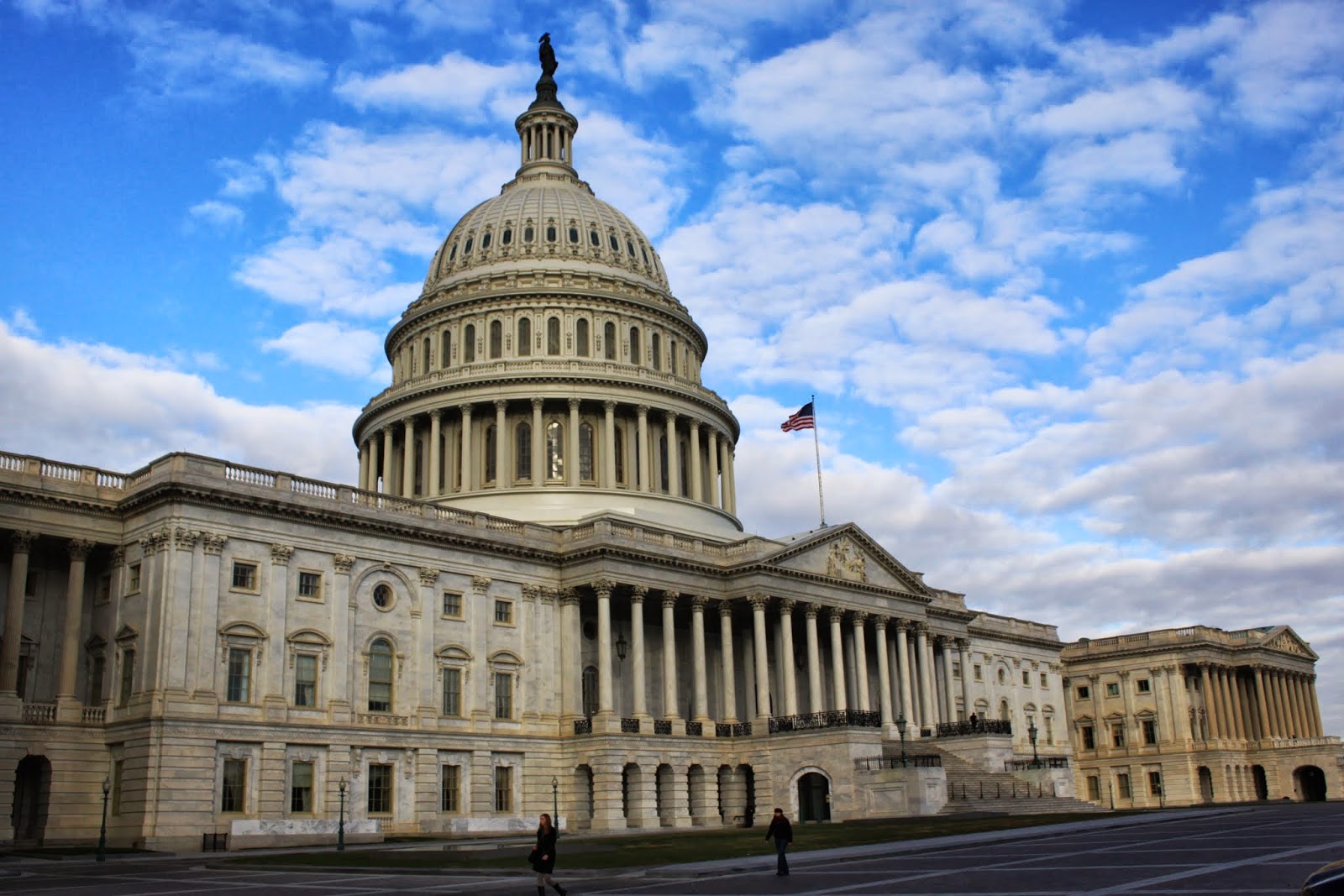
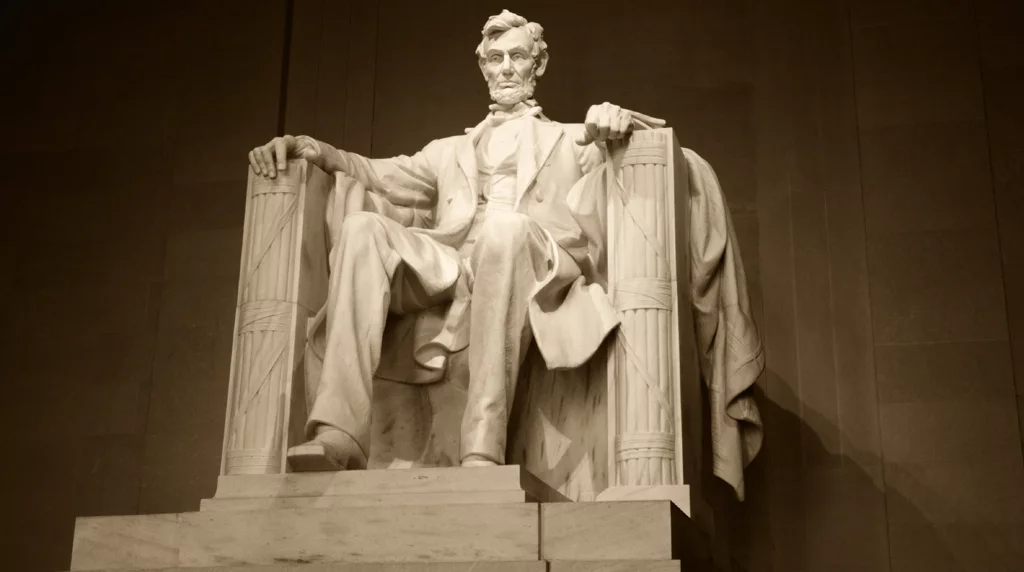
The grand Lincoln Memorial towers over the Reflecting Pool, anchoring the western end of the National Mall. The best way to approach the memorial is from the east, by the Washington Monument and the National World War II Memorial. The Lincoln Memorial honors President Abraham Lincoln, the 16th United States president.
The Vietnam Women's Memorial is a memorial dedicated to the women of the United States who served in the Vietnam War, most of whom were nurses. It serves as a reminder of the importance of women in the conflict. It depicts three uniformed women with a wounded soldier.
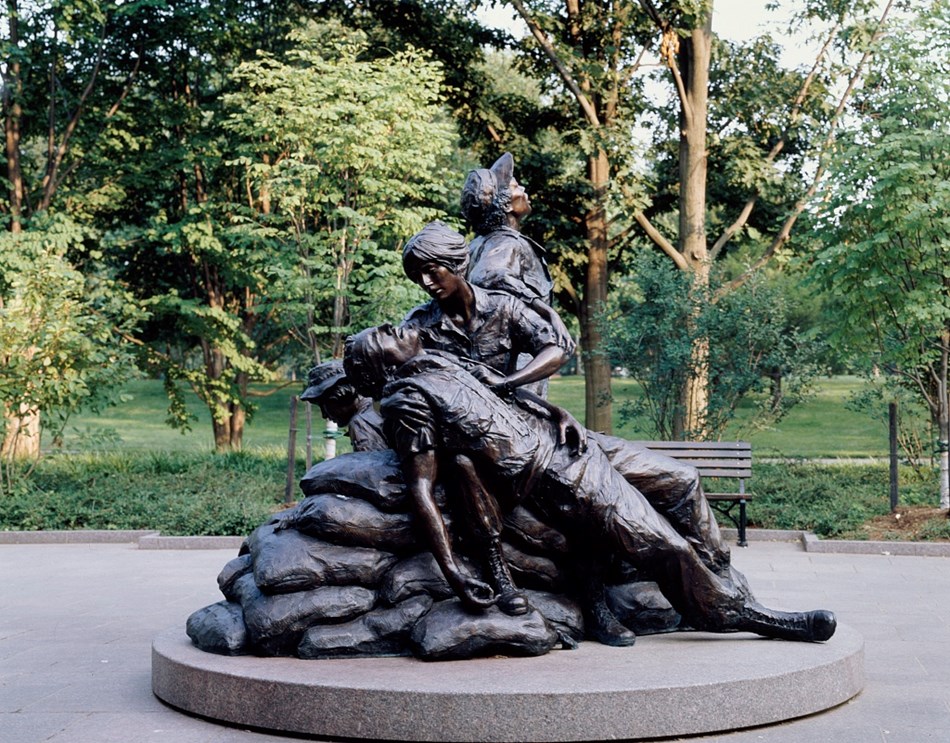
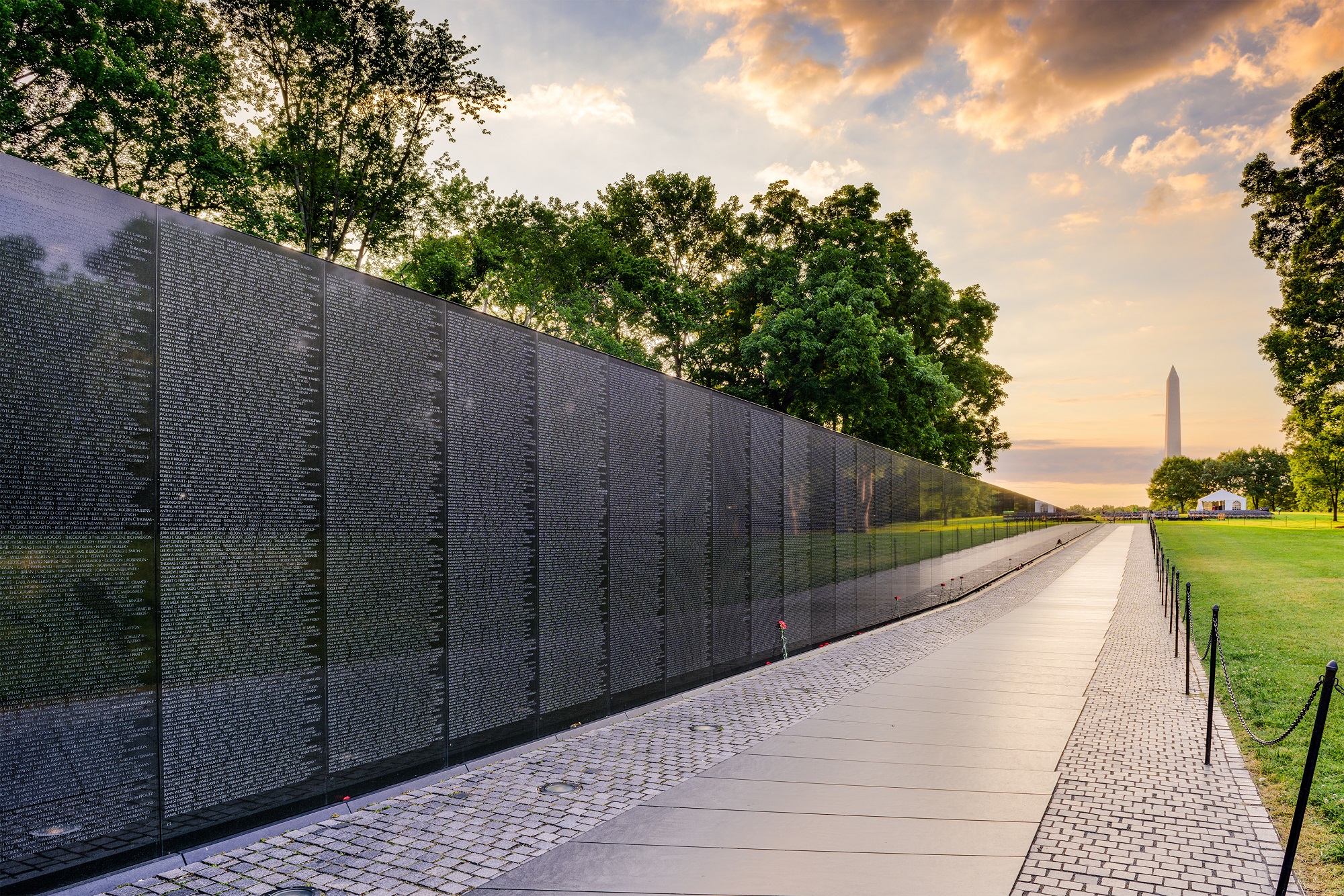
The Vietnam Veterans Memorial is a 2-acre U.S. national memorial in Washington D.C. It honors service members of the U.S. armed forces who fought in the Vietnam War, service members who died in service in Vietnam/South East Asia, and those service members who were unaccounted for during the war.